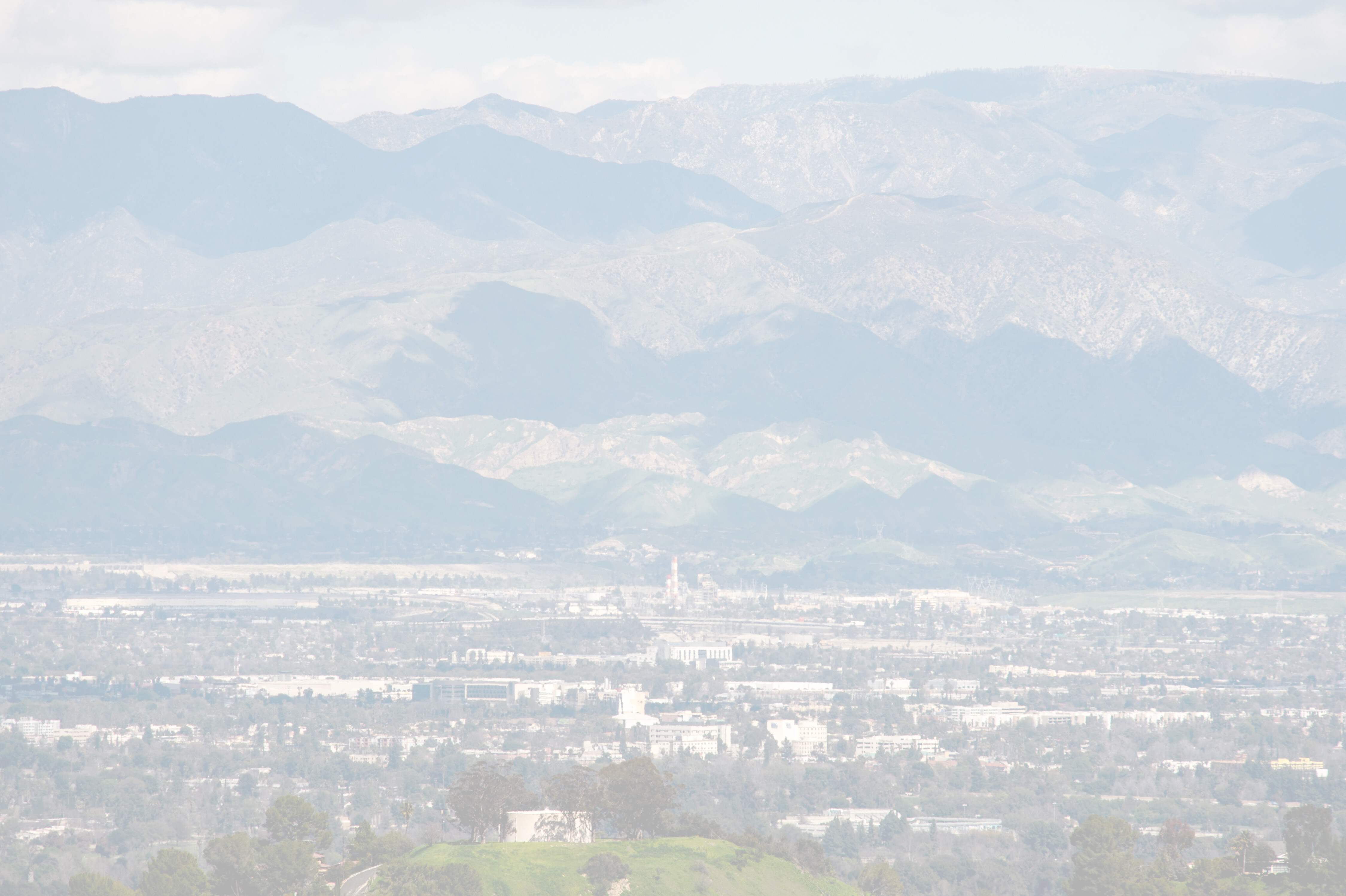The best Jewish learning inspires a personal connection to Judaism.
Whether it’s a friendly debate over a Torah story, two small hands reaching out in friendship, or explorations of meaning and purpose in our Teen Journeys program, Temple Judea's education team creates Jewish meaningful moments that will build a committed, informed, and involved Jewish community. Learn more about Temple Judea’s award-winning school programs for students of every age.








